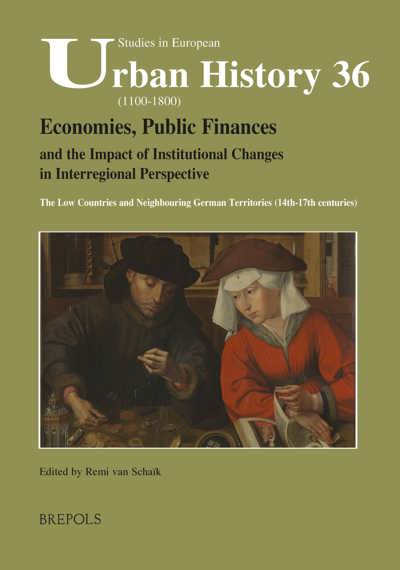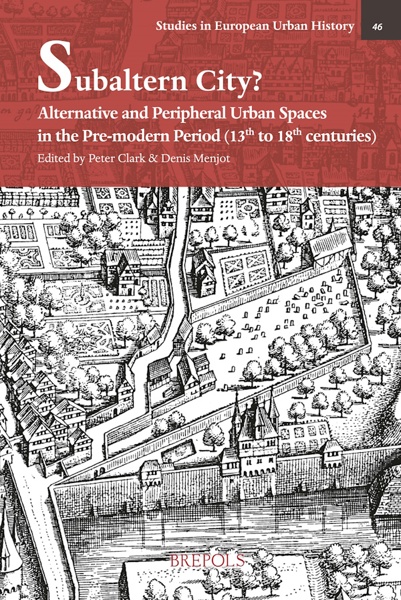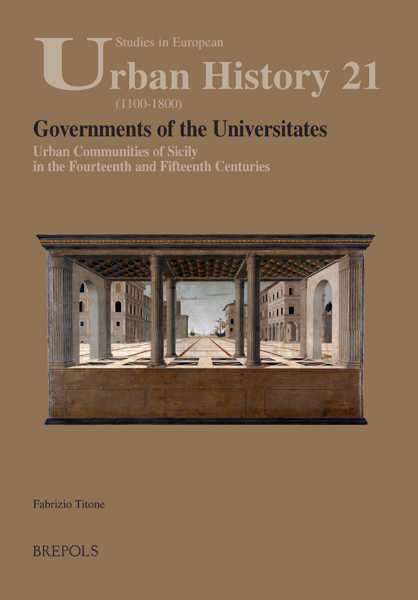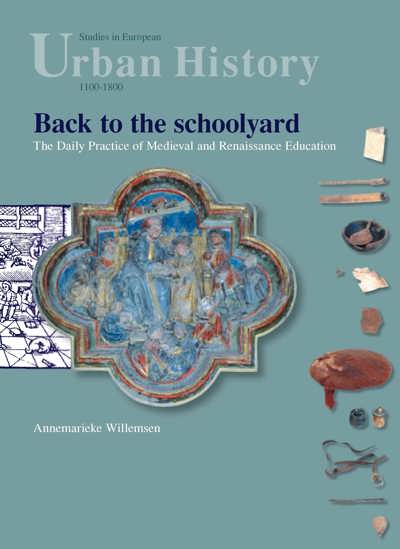
Subaltern City?
Alternative and Peripheral Urban Spaces in the Pre-modern Period (13th-18th Centuries)
Denis Menjot, Peter Clark (eds)
- Pages: 274 p.
- Size:178 x 254 mm
- Illustrations:2 b/w, 4 tables b/w., 31 maps b/w
- Language(s):English, French
- Publication Year:2019
- € 95,00 EXCL. VAT RETAIL PRICE
- ISBN: 978-2-503-58331-0
- Hardback
- Available
- € 95,00 EXCL. VAT RETAIL PRICE
- ISBN: 978-2-503-58332-7
- E-book
- Available
The first detailed attempt to examine critically the concept of 'subaltern' or alternative and peripheral spaces in the pre-modern city.
“Without doubt the book deals with an important topic and will hopefully encourage more research in subaltern studies that needs to take into account the implied meaning of the word subaltern in different European languages.”(Anngret Simms, in Mitteilungen des Instituts für Österreichische Geschichtsforschung, 129/1, 2021, p. 197-198)
Peter Clark is Emeritus Professor of European Urban History at the University of Helsinki. From 1985 to 1999 he was director of the Centre for Urban History at Leicester University UK. He is one of the co-founders of the European Association for Urban History.
Denis Menjot is Emeritus Professor of Medieval History at the University of Lyon, president of the Société Française d’Histoire Urbaine, director of Histoire Urbaine, one of the co-authors of the Histoire de l’Europe Urbaine.
The purpose of this volume is to question traditional notions of city space in pre-modern Europe (with its stress on space being incorporated, regulated and integrated, dominated by its merchants and crafts), and to investigate how far it was in fact economically and politically pluralistic with a great variety of functions and juridictions. The volume examines comparatively the range of different urban spaces in and outside the medieval and early modern city from gardens, farmland and wasteland to industrial sites, poor and rich suburbs, shooting grounds, green space, grey space and military zones. Case studies cover cities in France, Germany, Italy, the Low Countries, England, Portugal and the Middle East. We ask: how far was the pre-modern city a compact city? Or was it in fact a ‘subaltern city’, as geographers have recently proposed, where many urban spaces were contested and the municipality has to be seen as only one key spatial actor?
1. Peter Clark, Denis Menjot
Preface
Introduction
2. La ville en puzzle. Centralité et « subalternité » des espaces urbains à Bruxelles au Moyen Âge
Paulo Charruadas & Bram Vannieuwenhuyze
3. Une ville « perméable » ? L’espace de transition urbain-rural autour d’une ville aux XIIIe et XIVe siècles
Catherine Xandry
4. Penser les périphéries : l’apport du concept d’urbain pour Paris au XIVe siècle
Boris Bove
5. Les liens d’interdépendance entre une cité et ses faubourgs (Amiens, XIIIe-XVIe siècles)
Mathieu Beghin, post-doc, France
6. Locating marginality in the city: the extramural neighbourhoods of fifteenth-century London
Charlotte Berry
7. Les fondouks chrétiens dans les villes musulmanes du bassin méditerranéen au Moyen Âge. Espaces périphériques ou nouvelles polarités urbaines ?
Dominique Valérian
8. Habiter une paroisse suburbaine. La population de Saint-Jean de Latran de Rome (1630-1680)
Eleonora Canepari
9. Quartiers, faubourgs et anciens faubourgs : l’espace subalterne à Lyon (XVIe-XVIIIe)
Olivier Zeller
10. L’embellissement de Marseille en 1666, entre soumission et résistance des faubourgs
Julien Puget
11. La police des espaces non aedificandi de la fortification périurbaine à Lille et Bruxelles au XVIIIe siècle : des espaces abandonnés ou intégrés à la ville?
Catherine Denys
12. The multiple uses of green space : Haarlem and the Haarlemmerhout in the eighteenth century
Carolien Boender




